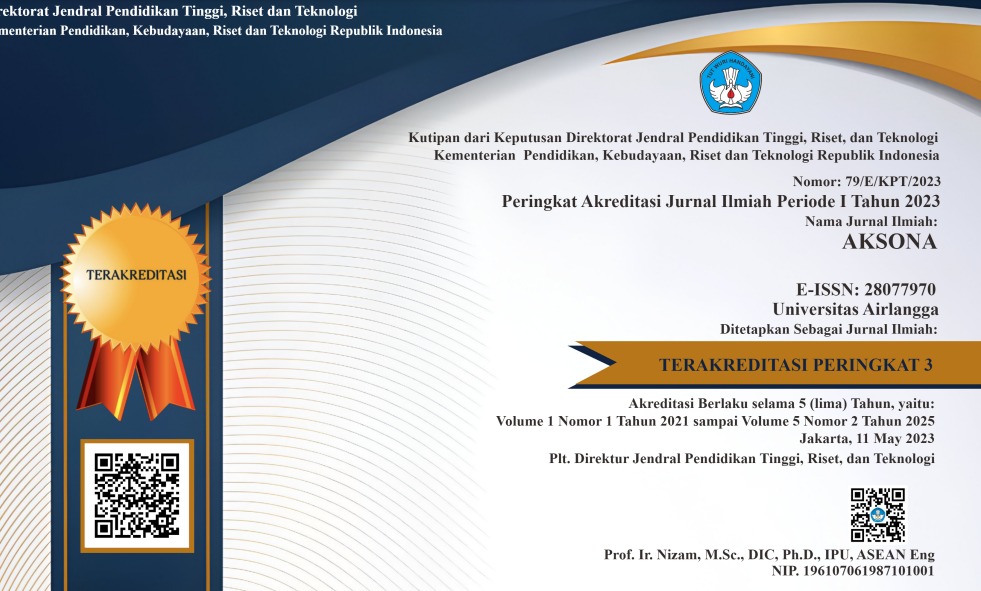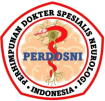Clinical Improvement of Chronic Spinal Cord Injury and Immune Thrombocytopenia (ITP) with Corticosteroids Administration: A Case Report
Downloads
Highlight:
- Understanding the causes and associated factors of of spinal cord injury (SCI) is important.
- Immune thrombocytopenia may contribute to spinal cord injury.
- Corticosteroid therapy for ITP, has shown improved clinical outcomes.
ABSTRACT
Introduction: Spinal cord injury (SCI) is a significant medical condition caused by either traumatic events or pathological diseases, which leads to neurological deficits and various levels of motor, sensory, and autonomic dysfunction. Several treatments, including corticosteroids, have been proposed to reduce secondary neuronal damage, but they are still controversial. Meanwhile, immune thrombocytopenia (ITP) can be treated with corticosteroids. The lack of research necessitates a review of steroids as a therapy for ITP and spinal cord trauma. Case: A 76-year-old woman complained of weakness in both legs for 15 days before being admitted to the hospital.The weakness was noticed after experiencing a fall. Additionally, the patient complained about having difficulty with both defecating and urinating. On examination, muscle strength in the lower limbs was graded 4 on both sides according to the Medical Research Council (MRC) scale. The classification of the American Spinal Injury Association (ASIA) score was D, with neurological level injury (NLI) at the 6th thoracic level with immune thrombocytopenia (ITP). Considering the patient's condition, steroids were administered as a treatment option. Fortunately, the patient showed clinical improvements, with the ASIA score improving from D to E, suggesting a positive response to steroids and potential for neurological recovery. Conclusion: Steroids may be regarded as a possible treatment alternative for individuals suffering from spinal cord injuries and immune thrombocytopenic purpura (ITP).
Treasure Island (FL): StatPearls Publishing; 2025. [Web page]
Yılmaz T, Turan Y, Keleş A. Pathophysiology of the spinal cord injury. J Clin Exp Investig. 2014; 5(1):131–6. doi: 10.5799/ahins.01.2014.01.0378
Machin A, Kurniawan D. Trauma medula spinalis. In: Hidayati AN, Akbar MIA, Rosyid AN, editors. Gawat Darurat Medis dan Bedah. Surabaya: Airlangga University Press; 2018. p. 329–52. [Book]
Grant RA, Quon JL, Abbed KM. Management of acute traumatic spinal cord injury. Curr Treat Options Neurol. 2015; 17(2):6. doi: 10.1007/s11940-014-0334-1
Neunert C, Terrell DR, Arnold DM, Buchanan G, Cines DB, Cooper N, et al. American society of hematology 2019 guidelines for immune thrombocytopenia. Blood Adv. 2019; 3(23):3829–66. doi: 10.1182/bloodadvances.2019000966
Anjum A, Yazid MD, Fauzi Daud M, Idris J, Ng AMH, Selvi Naicker A, et al. Spinal cord injury: Pathophysiology, multimolecular interactions, and underlying recovery mechanisms. Int J Mol Sci. 2020; 21(20):7533. doi: 10.3390/ijms21207533
Zhang Y, Al Mamun A, Yuan Y, Lu Q, Xiong J, Yang S, et al. Acute spinal cord injury: Pathophysiology and pharmacological intervention (review). Mol Med Rep. 2021; 23(6):417. doi: 10.3892/mmr.2021.12056
Hu HZ, Granger N, Jeffery ND. Pathophysiology, clinical importance, and management of neurogenic lower urinary tract dysfunction caused by suprasacral spinal cord injury. J Vet Intern Med. 2016; 30(5):1575–88. doi: 10.1111/jvim.14557
Lee BJ, Jeong JH. Review: Steroid use in patients with acute spinal cord injury and guideline update. Korean J Neurotrauma. 2022; 18(1):22–30. doi: 10.13004/kjnt.2022.18.e21
Jeong HJ, Yun Y, Lee S-J, Ha Y, Gwak S-J. Biomaterials and strategies for repairing spinal cord lesions. Neurochem Int. 2021; 144:104973. doi: 10.1016/j.neuint.2021.104973
Alizadeh A, Dyck SM, Karimi-Abdolrezaee S. Traumatic spinal cord injury: An overview of pathophysiology, models and acute injury mechanisms. Front Neurol. 2019; 10. doi: 10.3389/fneur.2019.00282
Quadri SA, Farooqui M, Ikram A, Zafar A, Khan MA, Suriya SS, et al. Recent update on basic mechanisms of spinal cord injury. Neurosurg Rev. 2020; 43(2):425–41. doi: 10.1007/s10143-018-1008-3
Donovan J, Kirshblum S. Clinical trials in traumatic spinal cord injury. Neurotherapeutics. 2018; 15(3):654–68. doi: 10.1007/s13311-018-0632-5
Rogers WK, Todd M. Acute spinal cord injury. Best Pract Res Clin Anaesthesiol. 2016; 30(1):27–39. doi: 10.1016/j.bpa.2015.11.003
Thomas AX, Riviello JJ, Davila-Williams D, Thomas SP, Erklauer JC, Bauer DF, et al. Pharmacologic and acute management of spinal cord injury in adults and children. Curr Treat Options Neurol. 2022; 24(7):285–304. doi: 10.1007/s11940-022-00720-9
DeSouza S, Angelini D. Updated guidelines for immune thrombocytopenic purpura: Expanded management options. Cleve Clin J Med. 2021; 88(12):664–8. doi: 10.3949/ccjm.88a.20201
Bozkurt Turhan A, Canan Özdemir Z, Bör Ö. Use of single- or two-dose pulse methylprednisolone in the treatment of acute immune thrombocytopenic purpura. The Med Bull Sisli Hosp. 2017; 52(4):279–84. doi: 10.5350/SEMB.20171130112516
Onisâi M, Vlădăreanu A-M, Spînu A, Găman M, Bumbea H. Idiopathic thrombocytopenic purpura (ITP) – new era for an old disease. Rom J Intern Med. 2019; 57(4):273–83. doi: 10.2478/rjim-2019-0014
Thachil J. Alternate considerations for current concepts in ITP. Hematology. 2014; 19(3):163–8. doi: 10.1179/16078454137.0000000104
Ahuja CS, Wilson JR, Nori S, Kotter MRN, Druschel C, Curt A, et al. Traumatic spinal cord injury. Nat Rev Dis Prim. 2017; 3(1):17018. doi: 10.1038/nrdp.2017.18
Copyright (c) 2025 Athalia Anastasia Talaway, Abdulloh Machin, Dedy Kurniawan

This work is licensed under a Creative Commons Attribution-ShareAlike 4.0 International License.





















